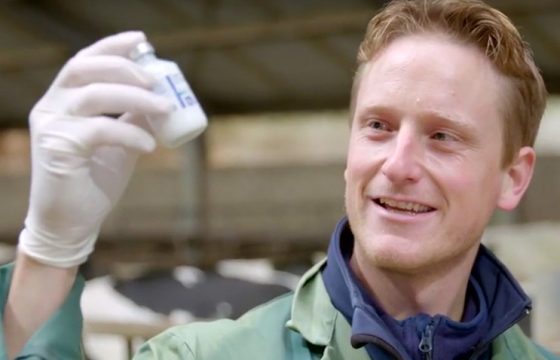The impact of heat stress on mastitis: how important is it to control it?
The impact of heat stress on mastitis suggests that the concept of a higher incidence of mastitis in summer is not simply the outcome of greater pathogen loads, but the effect of a reduction in the immune competence of lactating and dry cows. Paolo Moroni (DVM, PhD) is going to explain how heat stress impacts milk production and other performance factors of dairy cows.
In the video, Paolo Moroni introduces us to the definition of heat stress, seasonality and the impact of heat stress during lactation and the dry period.
Here are main messages to bear in mind:
- The cows’ environment is key: keep bedding dry, clean alleys and walkways, and reduce the number of bacteria as far as possible.
- Heat stress can be easily identified: from the cows’ perspective increased respiratory rate, reduction of rumination and feed intake and a drop in milk production can be observed. We should never forget about the decrease in immunity which leads to mastitis and other disorders such as metritis.
- Heat stress can be measured: the most commonly used thermal stress index is the temperature humidity index (THI) which evaluates the combined effects of air temperature and humidity. Heat stress can be ranked according to 3 degrees of severity e.g. mild, moderate and severe.
- Correlation between heat stress and somatic cell levels and clinical mastitis: this is a fact and it can be observed on many farms across the world, independently of climate.
- Heat stress during lactation: there are different areas which need to be controlled: resting area, feeding table and waiting area. Fans can help to reduce the body temperature but be careful with the use of sprinklers as this impacts the percentage of dry matter in the bedding type.
- Heat stress during the dry period: there are direct and indirect effects of heat stress. The direct effect is related to lower production in lactation and the indirect effect to a lower body weight of calves at birth.
In summary, heat stress has a negative impact on many aspects of a cow’ s life but it is possible to mitigate its effects thanks to proper management and a willingness to change.



2 Comments
Super interessante e objetivo
¡Gracias por tu comentario Teresa!
Saludos
Comments are closed.